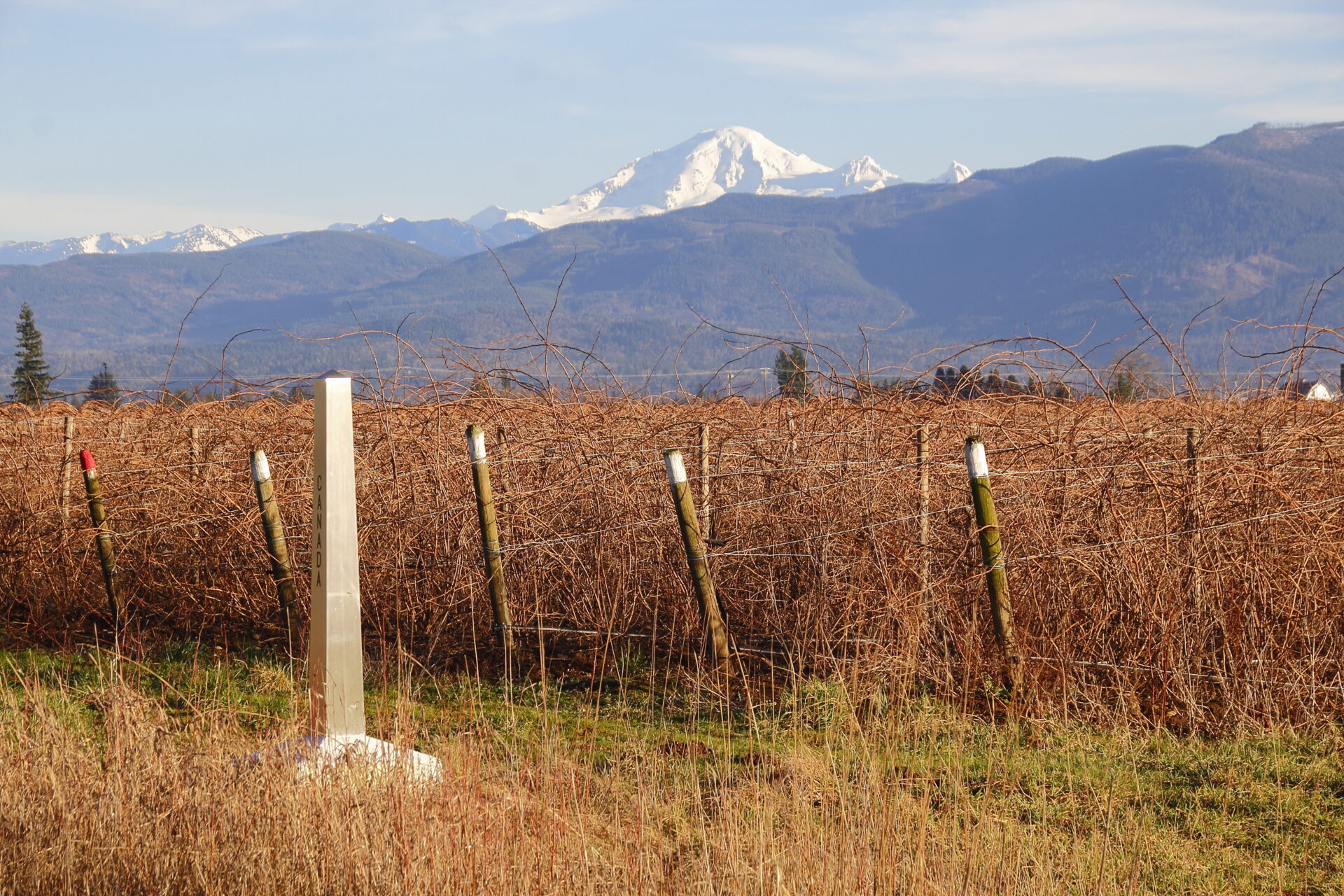
Can Crops Survive SEARING Summer Heat?
Japan recorded its highest-ever temperature—41.8°C—on August 5, 2025, intensifying fears over rice harvest viability and triggering national agricultural emergency measures.
At a Glance
- Japan’s temperature hit a record 41.8°C in Isesaki, Gunma Prefecture
- Over 53,000 people hospitalized for heatstroke this summer
- Drought and heat are damaging rice crops across northeastern regions
- Surge in stink bug infestations reported in major rice fields
- Government pledges new support and expansion of rice production by 2027
Historic Heat Sets Off Alarm Bells
A searing heatwave pushed Japan’s national temperature record to 41.8°C (107.2°F) on August 5, measured in Isesaki, Gunma Prefecture. This surpassed the previous record of 41.2°C recorded just days earlier in Tamba, Hyōgo Prefecture. Authorities across Japan have issued advisories and warnings as over 53,000 individuals have been hospitalized due to heatstroke symptoms since June.
Watch now: Japan hits record 41.8 °C as heat threatens rice crops · YouTube
Meteorological officials are monitoring conditions closely, noting that daily highs in excess of 38°C are becoming a new normal during Japan’s summer season. The 2025 heatwave builds on a pattern of increasing temperature records in recent years, including deadly heat episodes in 2022 and 2024.
Crop Damage and Pest Proliferation
The agricultural impact is already visible. Drought conditions in northeastern prefectures such as Akita, Yamagata, and Fukushima are impeding rice maturation. Simultaneously, a surge in stink bug infestations is threatening both the yield and quality of grains. These pests proliferate in extended periods of hot, humid weather and have now been detected across several thousand hectares of farmland.
Japan’s Ministry of Agriculture confirmed that many rice paddies are showing early signs of “grain cloudiness,” a symptom of heat damage that degrades commercial value. With the 2023 crop loss still fresh in memory—when rice availability fell below key benchmarks—the government is urgently deploying funds for pest control, irrigation support, and localized agronomic assistance.
Policy Reversal on Rice Production
In a strategic shift, the Japanese government is reversing decades of rice supply control. Historically, Tokyo paid farmers to reduce rice acreage to stabilize prices and consumption. But starting in 2027, new guidelines will encourage expansion of rice output to secure national food stocks against climate-induced volatility.
Farm Minister Shinjiro Koizumi emphasized the necessity of this change, citing both environmental and economic pressures. The ministry is also fast-tracking trials for heat-tolerant rice varieties such as “emihokoro,” which showed resilience during the 2024 summer trials. These efforts aim to counteract projected yield declines of 3–5% per 1°C of warming based on recent agricultural modeling.
Broader Risks to Food Security
This heatwave underscores deeper vulnerabilities in Japan’s food system. While rice remains a staple, many other crops—including vegetables and fruits—are experiencing earlier flowering, irregular ripening, and increased susceptibility to fungal and bacterial diseases under extreme weather.
Urban centers are also experiencing strain, with cooling infrastructure under pressure and rising electricity demand. Analysts warn that prolonged episodes of extreme heat could erode not only agricultural resilience but also economic productivity and public health outcomes.
The current crisis may serve as an inflection point, pushing Japan—and similar temperate nations—toward long-term adaptation strategies in agriculture, energy, and health services.
Sources
Reuters
The Guardian
Japan Meteorological Agency
Ministry of Agriculture, Forestry and Fisheries of Japan
NHK World


